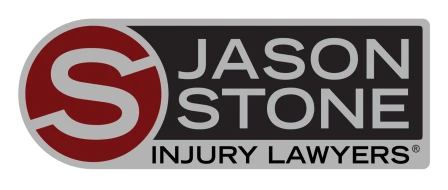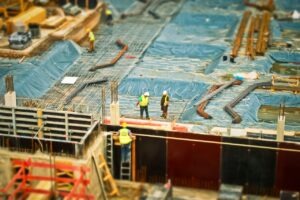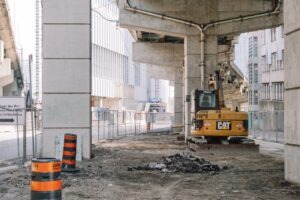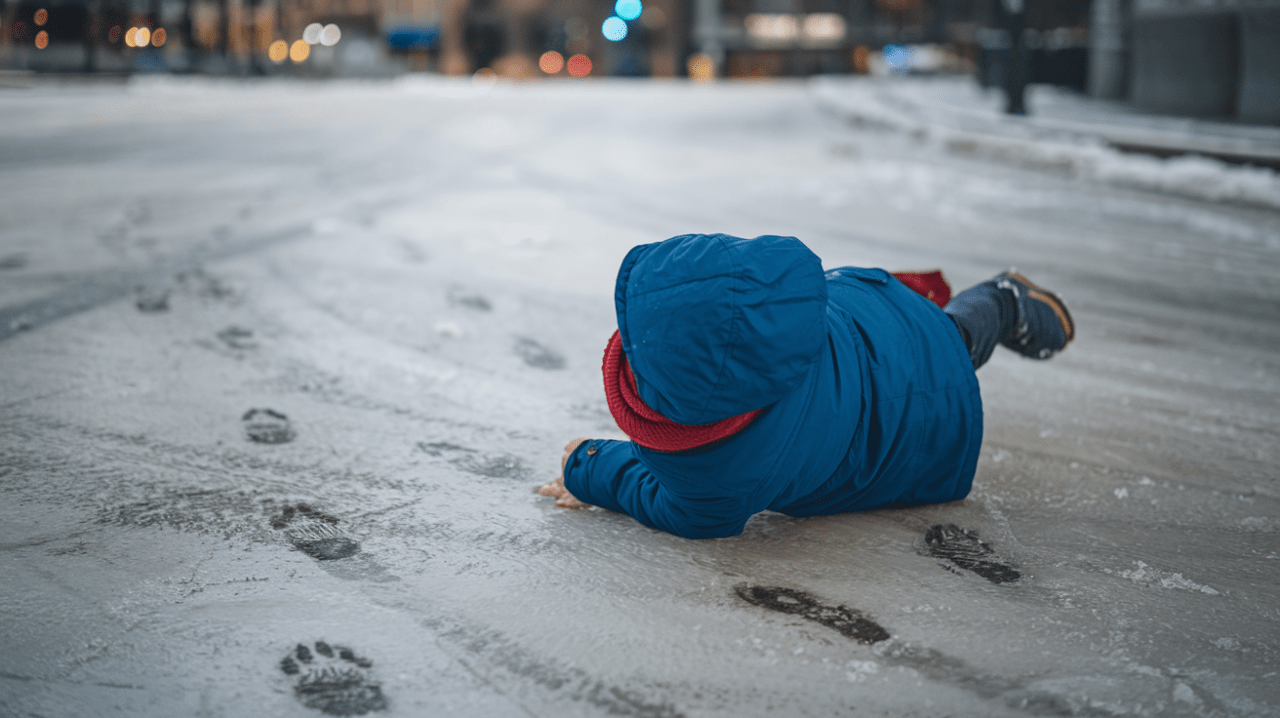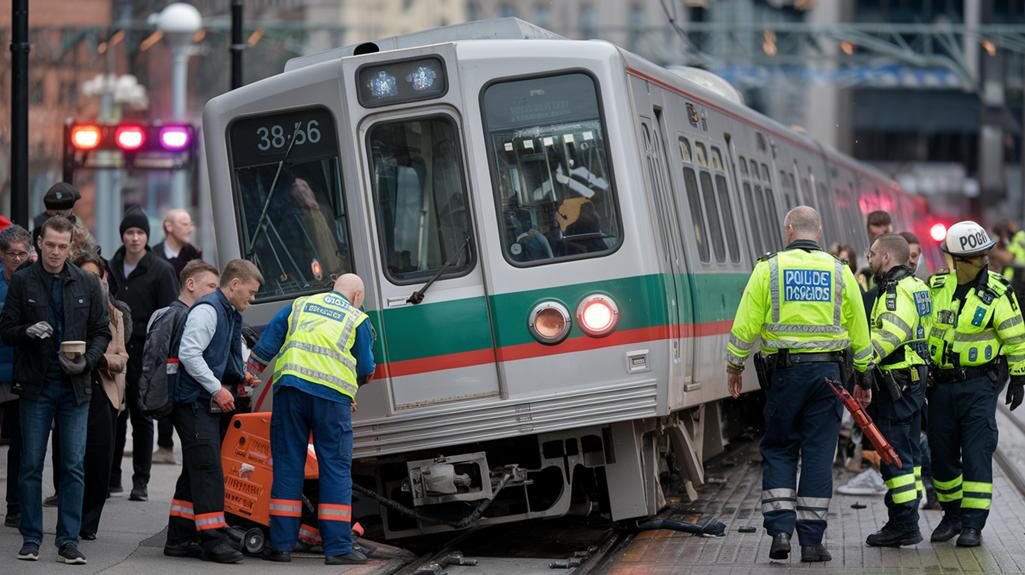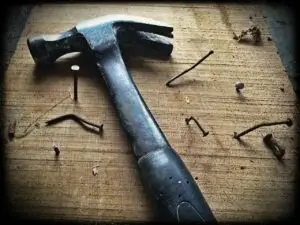 A construction site is a hazardous place to work. Day in and day out, workers have to navigate around heavy machinery and dangerous materials, sometimes at great heights. According to the U.S. Department of Labor and Statistics, one in five workplace fatalities occurred in the construction profession.
A construction site is a hazardous place to work. Day in and day out, workers have to navigate around heavy machinery and dangerous materials, sometimes at great heights. According to the U.S. Department of Labor and Statistics, one in five workplace fatalities occurred in the construction profession.
With the likelihood of injury around a construction site, it is critical that workers understand when they should exercise their right to engage the services of an attorney.
What Are Common Construction Site Accidents?
Any kind of construction-site accident may present the worker with a substantial change in the way they live their life. However, according to OSHA, four specific construction accidents cause the highest rate of death or catastrophic injuries:
- Falls
- Electrocution
- Struck-by
- Caught-between
These fatal four can happen in many different circumstances.
Falls
Construction involves working at all varying heights. Falling from any height can result in injuries to bones, muscles and, in the worst circumstances, the head. Since many construction workers must climb up and down ladders and scaffolding, a fall is one of the most common modes of injury on a construction site.
Electrocution
Live wires present a hazard to workers during any stage of construction. Anytime a person comes in contact with electricity, the likelihood of injury is high. Power tools around construction sites present a veritable minefield of possible electrocution. Water present near wiring of any kind increases the hazard.
Struck-by
Construction depends upon the use of heavy machinery to move heavy materials from one place to another. With so many large machines moving around, a worker may become collateral damage. Getting hit by the vehicle itself or the materials it is moving may leave a worker with serious, if not fatal, injuries.
Caught-between
Construction projects may require trenches to secure footings, install a foundation or lay down utility lines. Trenches are hazardous if not properly supported. Reinforced walls are crucial to ensuring that works inside these trenches do not wind up caught or crushed. If not, a worker may become crushed by a collapsing trench.
What Kind of Injuries Do Construction Site Accidents Cause?
An event at work at any time may damage the body. Some of these injuries do not manifest as life-threatening; however, that does not mean a worker should ignore them. Given the raw nature of the materials in and around a construction site, infection is always a possible side effect of even the most innocent injury.
Cuts
The modality of the injury may determine whether a cut needs emergency medical treatment. However, at the very least, a cut needs washing and covering to prevent dirt and bacteria from entering and causing infection. A deep wound caused by construction materials or tools may warrant an immediate trip to the emergency room for evaluation, especially if the wound is gaping or the bleeding is substantial.
Internal Bleeding
A blow to the body, especially in the abdomen area, may leave a worker winded and doubled over. While it may not seem like much of a big deal at the time, any kind of impact on the body can cause bleeding beneath the skin. While bruises may appear and seem normal, others are not. For instance, a mark that gets darker and covers a wide area of the surface may indicate an active bleed that requires immediate medical attention to evaluate. If a bleed continues without intervention, it may lead to hemorrhage, permanent damage to organs and dead tissue, if not a stroke.
Head Injury
One of the most serious injuries on the construction site involves the head. A traumatic brain injury can occur, even with little or no impact. While the most common type of TBI involves direct contact between the skull and a hard surface, any kind of jolting motion that forces the brain to jolt back and forth inside the head can result in bleeding and swelling.
A TBI can greatly alter the life of an individual. Since the brain runs the entire body, any portion of damaged tissue can lead to deficits in function. Some areas of the brain that house memory, for instance, can become damaged and cause short and long-term memory impediments. If the tissue that controls the emotional center of the body gets damaged, the person may experience rapid mood swings and undergo a complete change in personality.
The most serious consequence of a TBI is damage that leads to immediate or early death. This can happen when too much of the brain faces irreversible damage or just those areas that control bodily function, such as breathing. One of the worst things a worker can do is shrug off help after falling or any event that leads to contact with the head. Signs of internal trauma with no external signs include:
- Loss of balance
- Extreme fatigue
- Nausea or vomiting
- Intensifying head pain
Back Injury
The muscles of the back are some of the largest in the body and are responsible for movement and support for the spinal column. When a worker experiences a fall or trauma, it may strain or even tear muscles in the back, leaving them with life-long pain.
However, the most serious back injury involves the spinal column. There are 33 bones or vertebrae that act to protect the spinal cord and allow for movement. A fall or struck-by can cause these bones to crack and break, leaving the sensitive cord beneath them vulnerable to direct contact. The spinal cord relays messages from the brain to the body, and if any portion of it becomes damaged, it can permanently disrupt the messages from reaching their destination.
Spinal cord injuries may leave a worker paralyzed from the point of impact down. The higher up the injury, however, the more likely vital life-sustaining functions have damage. A spinal cord injury is catastrophic and often permanent, requiring the worker to change their lifestyle as a direct response to the damage.
What Can Construction Workers Do To Protect Themselves?
Safety in and around a construction site is crucial to remaining injury-free. Workers should attend training on new equipment. They should wear safety equipment, including hard hats and neon vests. When working at any height, safety harnesses can keep a worker from falling. One of the most important actions a worker on a site can take is to remain vigilant about their surroundings for their safety and those of co-workers.
However, it is not just up to construction workers to watch out for each other. Companies need to take control and ensure that their workers have all of the safety equipment and education required to keep them safe. A construction company that does not follow the law or follow a standard of care when it comes to safety may face the consequences if found negligent after a work accident.
We Can Help With a Construction Site Injury!
So what type of construction injuries require an attorney? All of them. Since any injury can lead a worker to endure a measure of pain and suffering, not to mention long-term medical injuries, anyone hurt on a construction site should first seek medical attention and then retain the assistance of an attorney.
Jason Stone Injury Lawyers is here to help. Contact us and speak with a valued member of the team to find out if the circumstances of a construction site accident may rise to negligence.
Not Trusting What You’re Being Told?
Better Phone Stone
800-577-5188
 START MY NO OBLIGATION CONSULTATION
START MY NO OBLIGATION CONSULTATION